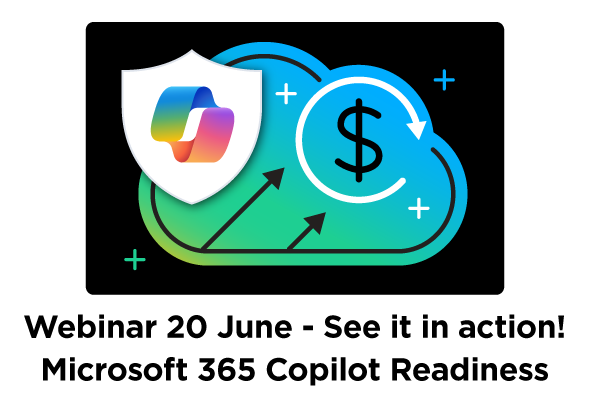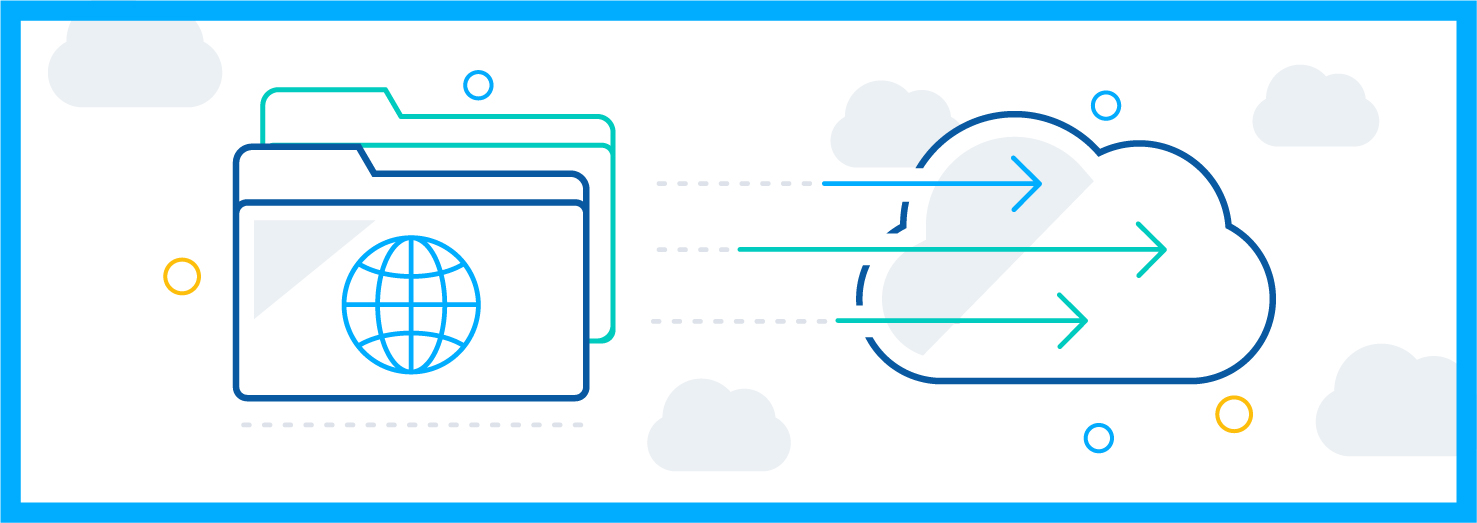How to optimize your customer’s Office 365 experience when migrating Microsoft Exchange Public Folders to Office 365
At SkyKick, we understand that migrations involve a lot more than simply moving data from one endpoint to the other. Our partners help customers bring their entire business life to the cloud, and that includes the nuances of how customers currently use their productivity data. The SkyKick Migration Suites focuses on end-to-end automation and efficiency in nuanced scenarios like Public Folders. In this blog, we highlight some best practices for optimizing migration journeys that involve large numbers of public folders.
Why large Public Folders are a challenge to migrate
Public Folders in Microsoft Exchange have historically been created to share information across an organization. These folders are easy to create, can receive mail directly, and offer a variety of permission levels to be set throughout the folder. Not surprisingly, they are pervasive in organizations considering a move to Office 365.
The continued use and adoption over the years has driven some Public Folders to grow extremely large. It is not uncommon for Public Folders to have:
- Over 500,000 items
- Over 500 folders
- A deep, complicated folder structure.
The size and complexity of large Public Folders can significantly increase the time required to complete a migration to Office 365. This is due less to the size of the data set or even the number of items, and more to the number of folders and the depth and complexity of the folder structure through which EWS and PowerShell must navigate. And this process is additionally slowed by EWS and PowerShell throttling.
Top 3 ways to streamline Public Folder migrations
While our partners work always closely with customers to maximize the value from the migration, that collaborative planning and decision making is even more vital in case of public folders. Here are some handy tips and tricks to minimize surprises and maximize the customer experience.
1) Make discovery of Public Folders part of your pre-sales process
Give me six hours to chop down a tree and I will spend the first four sharpening the axe.
-Abraham Lincoln
The quote above on the value of pre-planning certainly rings true in the case of this migration scenario. To scope and plan a Public Folder migration, you’ll want to acquire a list of the Public folders you’ll be migrating. Some migration tools, like SkyKick’s Migration Suites, can help you do this easily using automatic discovery of Public Folders requiring just a single set of source server credentials. Once you (and your customer) know what you’ll be dealing with – it will be much easier to determine which folders may be suitable for splitting or data removal (see #2). For more information and a checklist of what to consider when planning a migration project, see Scoping a Migration Project.
2) Divide (folders) and conquer
Large Public Folders can be time-consuming and frustrating for end users to navigate, even when connected to an on-premises server. This may actually worsen when connected to Office 365, as it takes longer for the folders and content to be accessed during navigation when compared to an on-premises server. Therefore, splitting large Public Folders as part of migration project not only streamlines the migration itself, it is also a way to improve the end-user experience with these folders in Office 365. We recommend working with your customer to either:
- Move data out of the large Public Folder
- Split the large Public Folder
Simply splitting a large Public Folder into two folders can more than double the speed by which the data can be migrated. For more detailed information, see How to streamline the migration of large Public Folders.
3) Use the right tool (and vendor) for the job
Though there are several tools that can help migrate Microsoft Exchange Public Folders to Office 365, you’ll want to make sure you understand all the costs and benefits given the complex nature of this project type. Some vendors charge as much as $250 per Public Folder – making it costly to strategically split folders (and save time). SkyKick charges the same to migrate a top-level Public Folder as it does a mailbox so Partners can optimize their customer’s experience without taking on added costs.
Additionally, you’ll want to understand how much project automation the tool provides, which can radically minimize the manual effort required to move the Public Folders.
Due to their size and complexity, migrating large Public Folders may result in other issues. A vendor that offers unlimited, free phone and email support can be critical in ensuring you have the help you need should trouble arise.
How to get started with SkyKick for your Public Folders migration
- Register as a SkyKick Partner: If you are not currently a SkyKick Partner, sign up. It’s free and requires no obligation. Once done, you will have access to our Help Center which contains all our technical documentation.
- Call us before you place your order. One of the great benefits of SkyKick is our world-class Support Team that is available 24/5 to assist with any questions you may have. We would love to discuss your Public Folder migration opportunity and steer you through our documentation and processes to ensure you are as prepared as possible to tackle any migration opportunities that your customers present.
- Explore our Help Center. Our Help Center includes over 100 articles covering a wide range of migration topics, scenarios, troubleshooting, and more.


